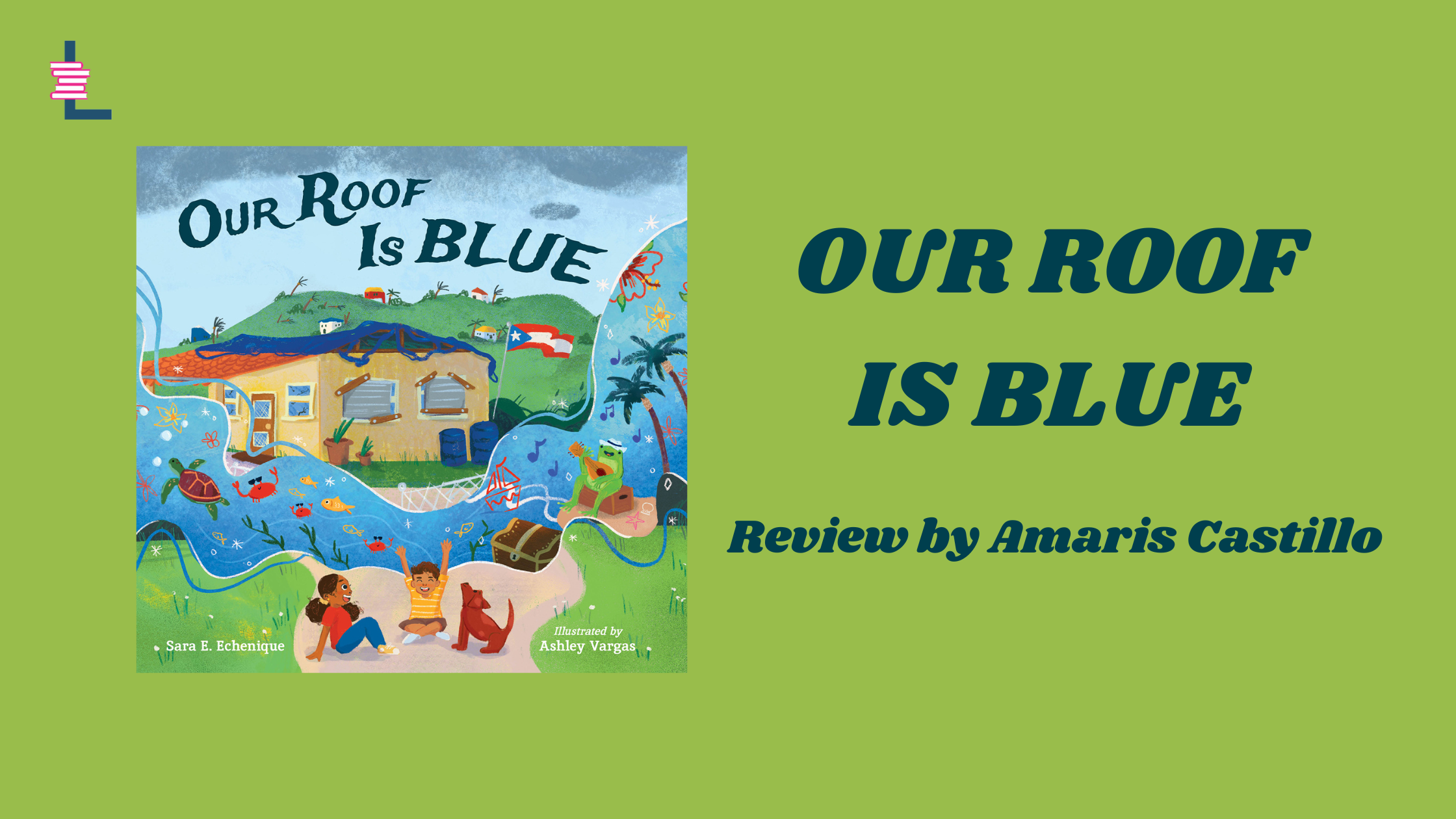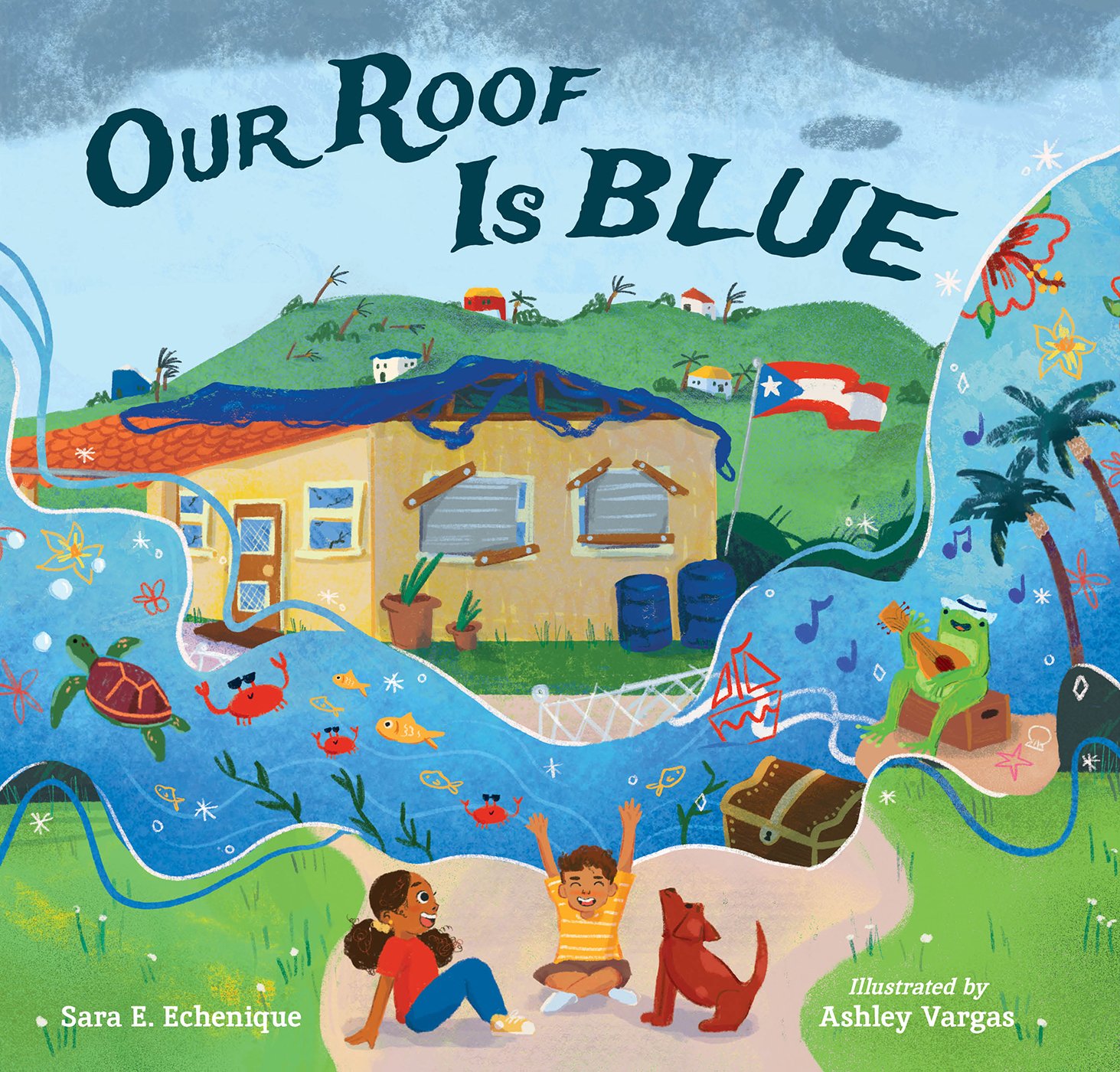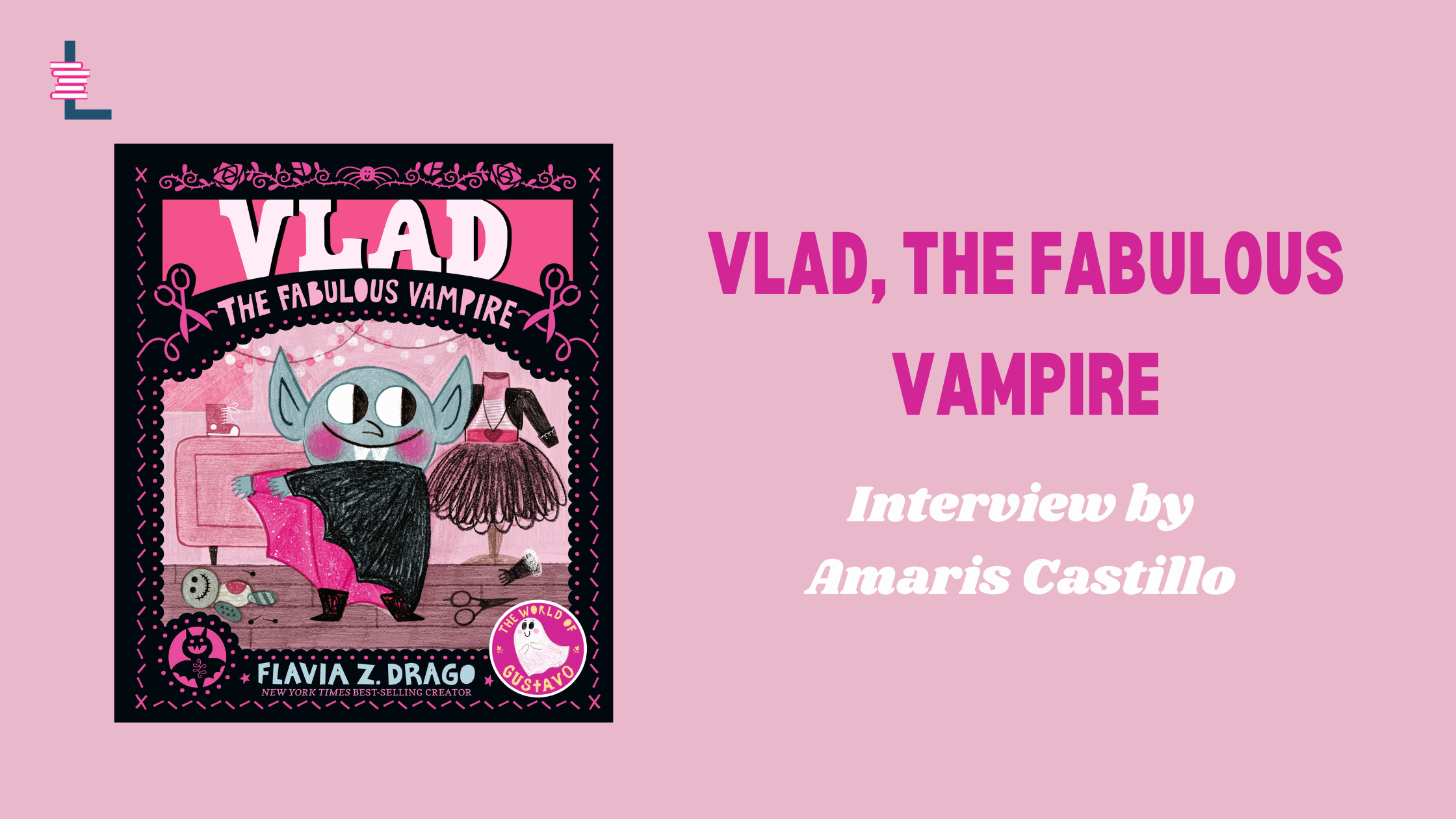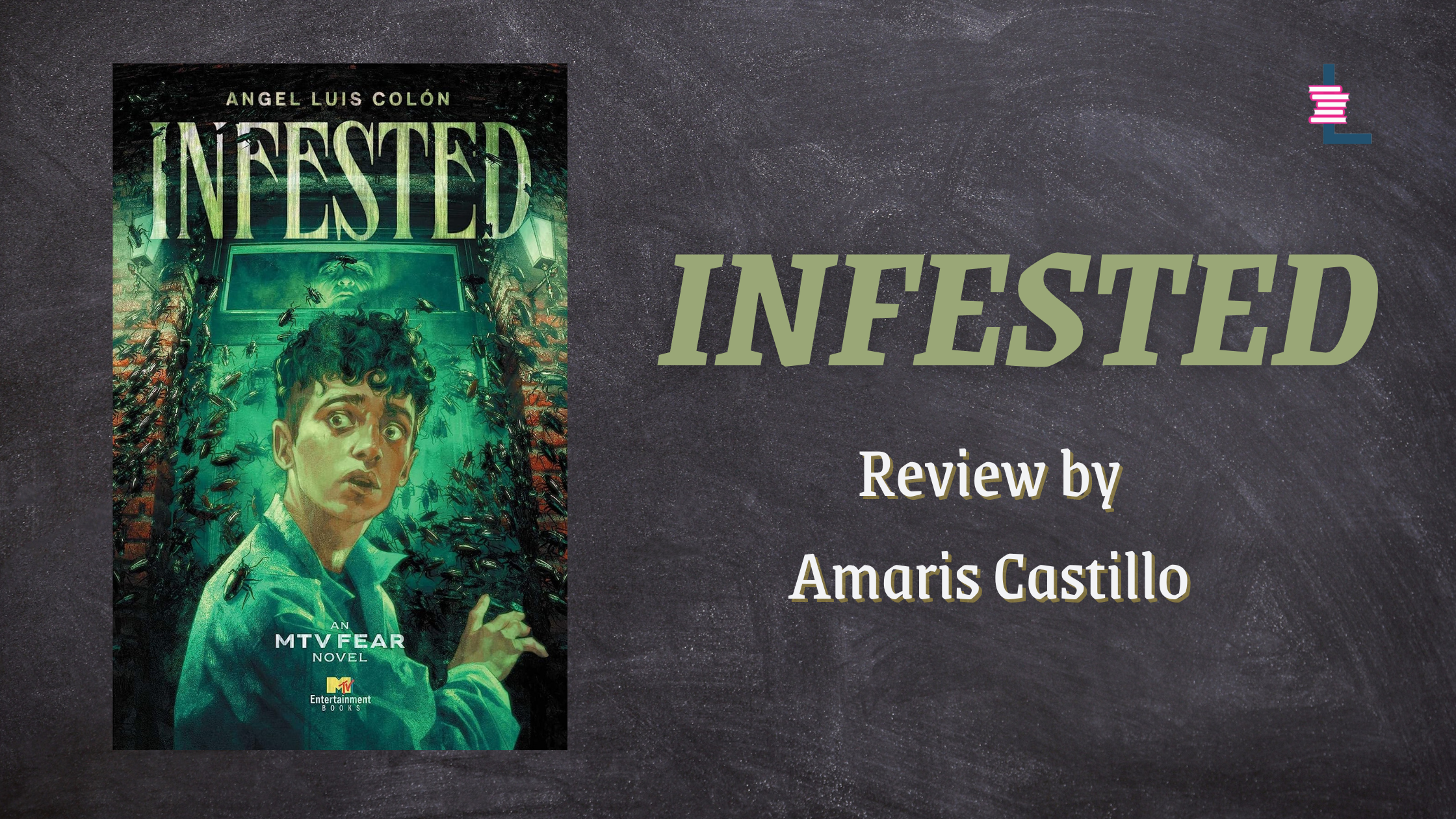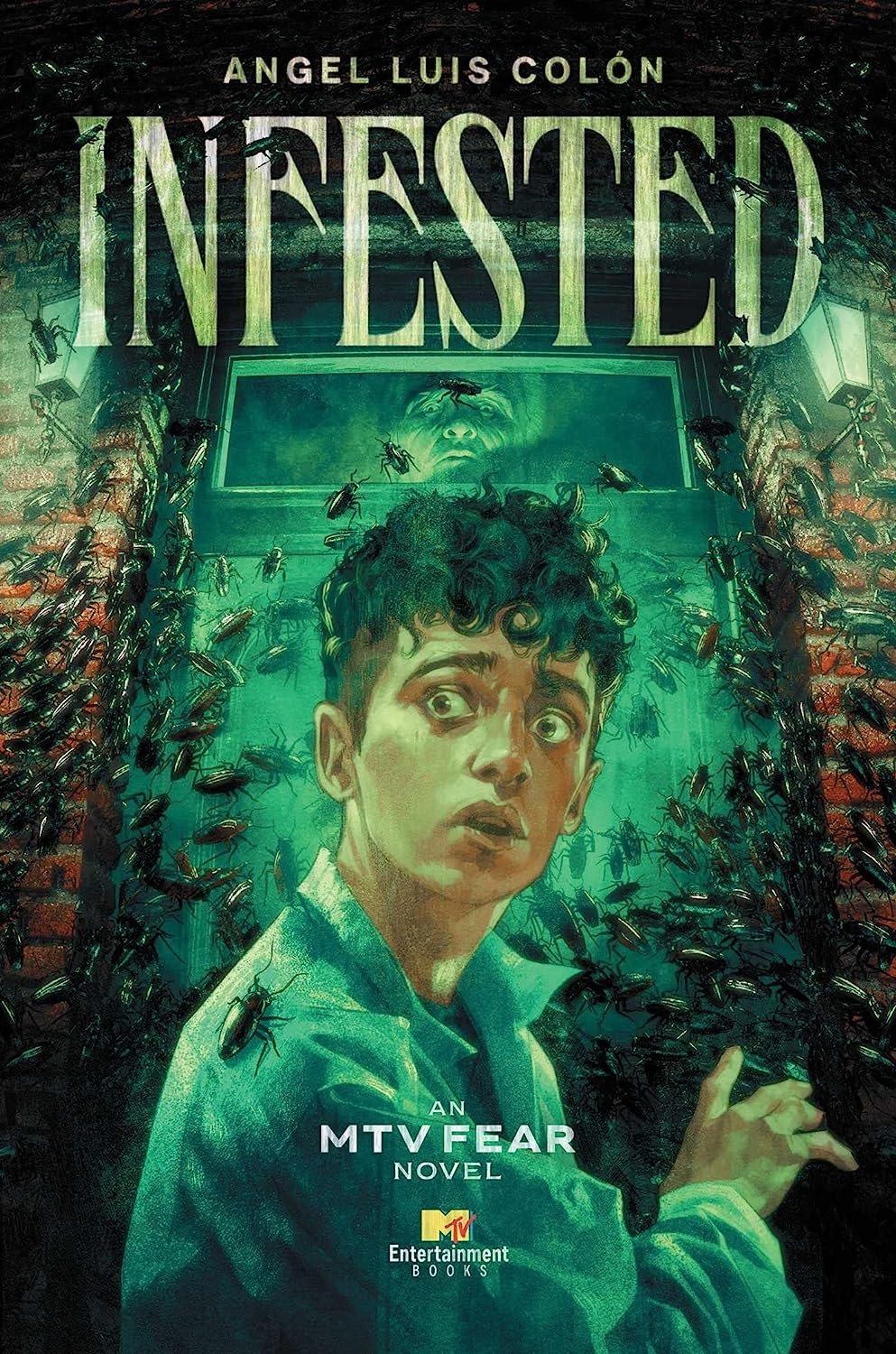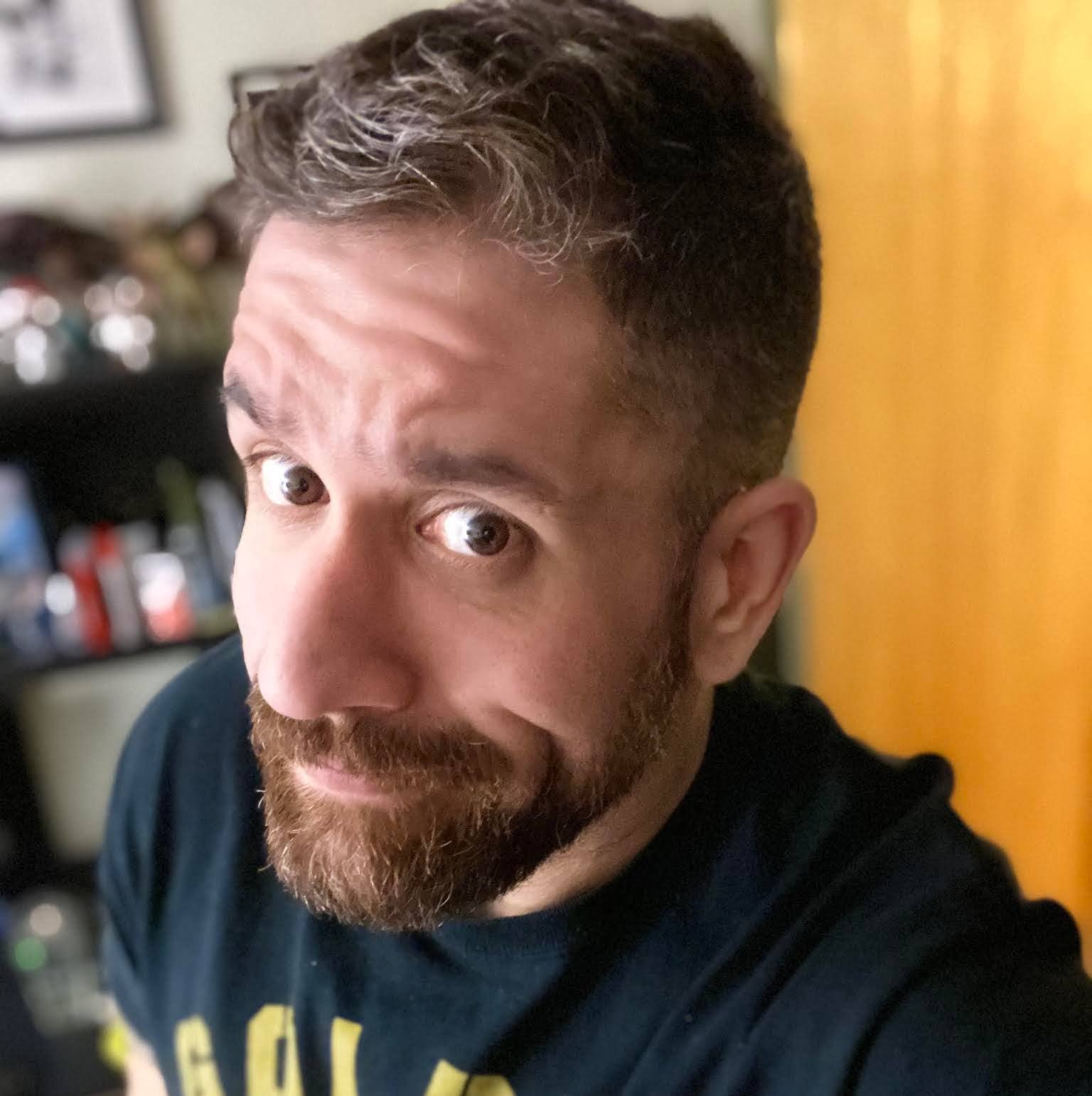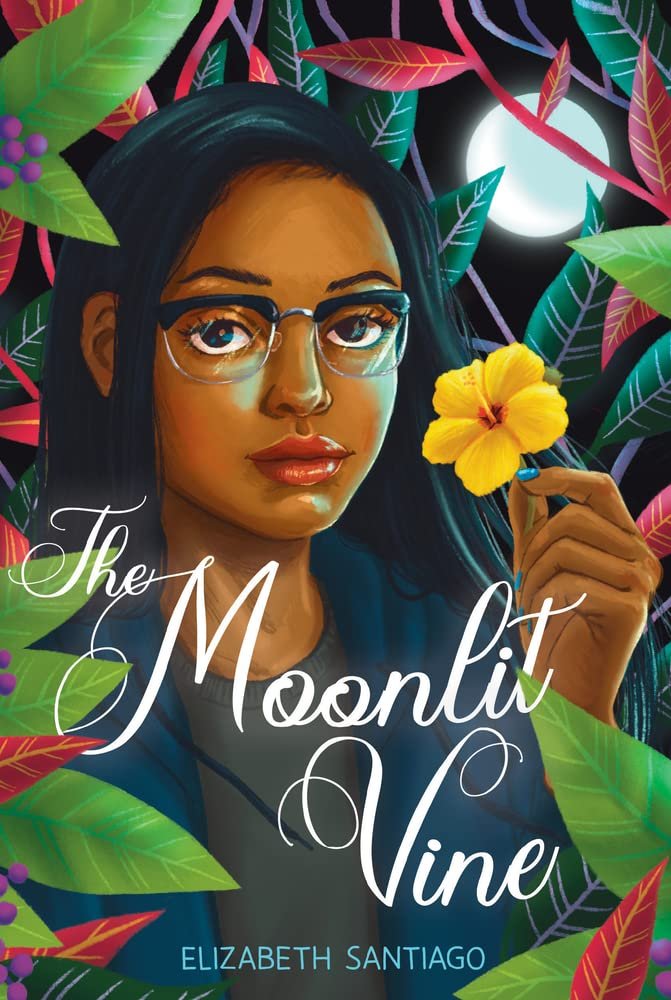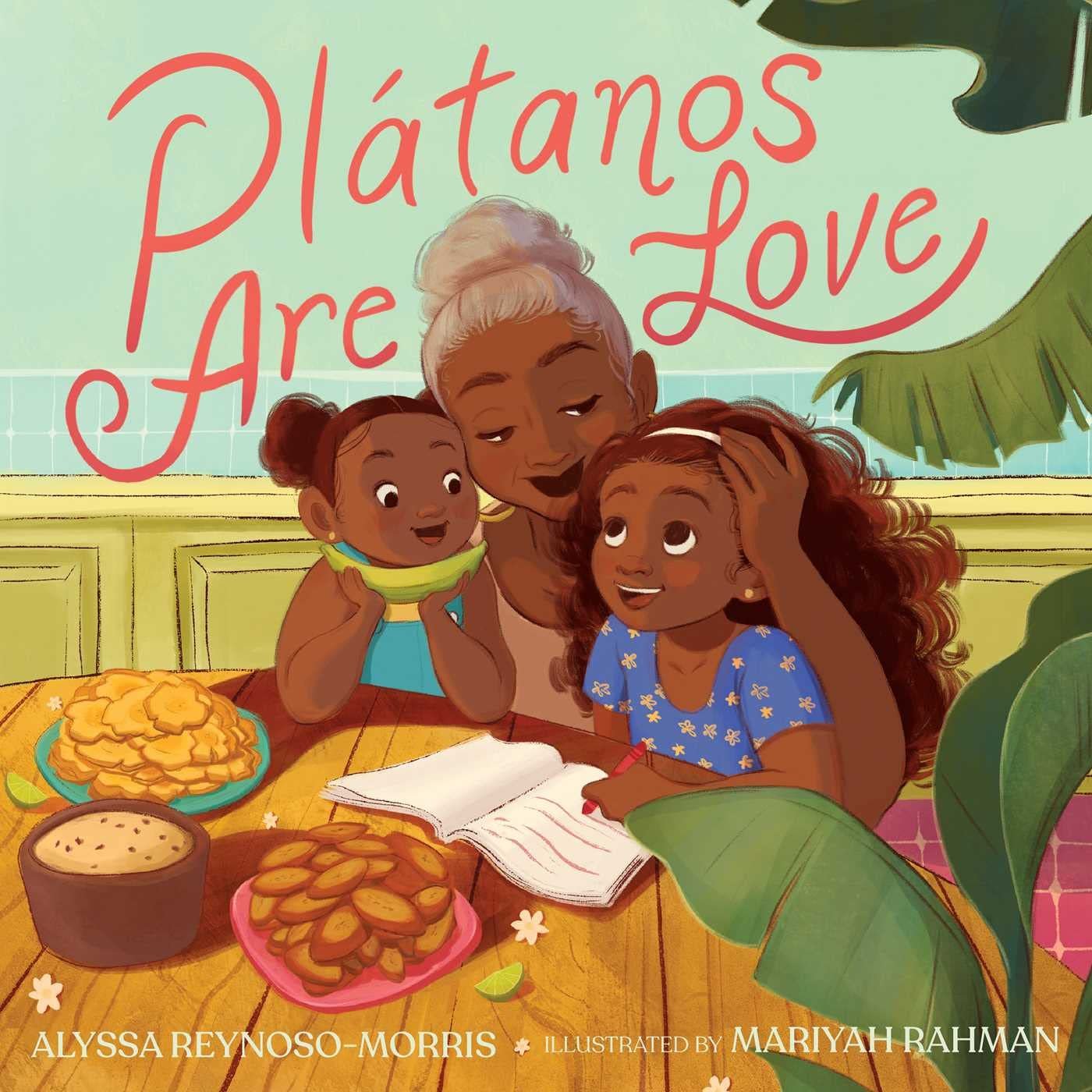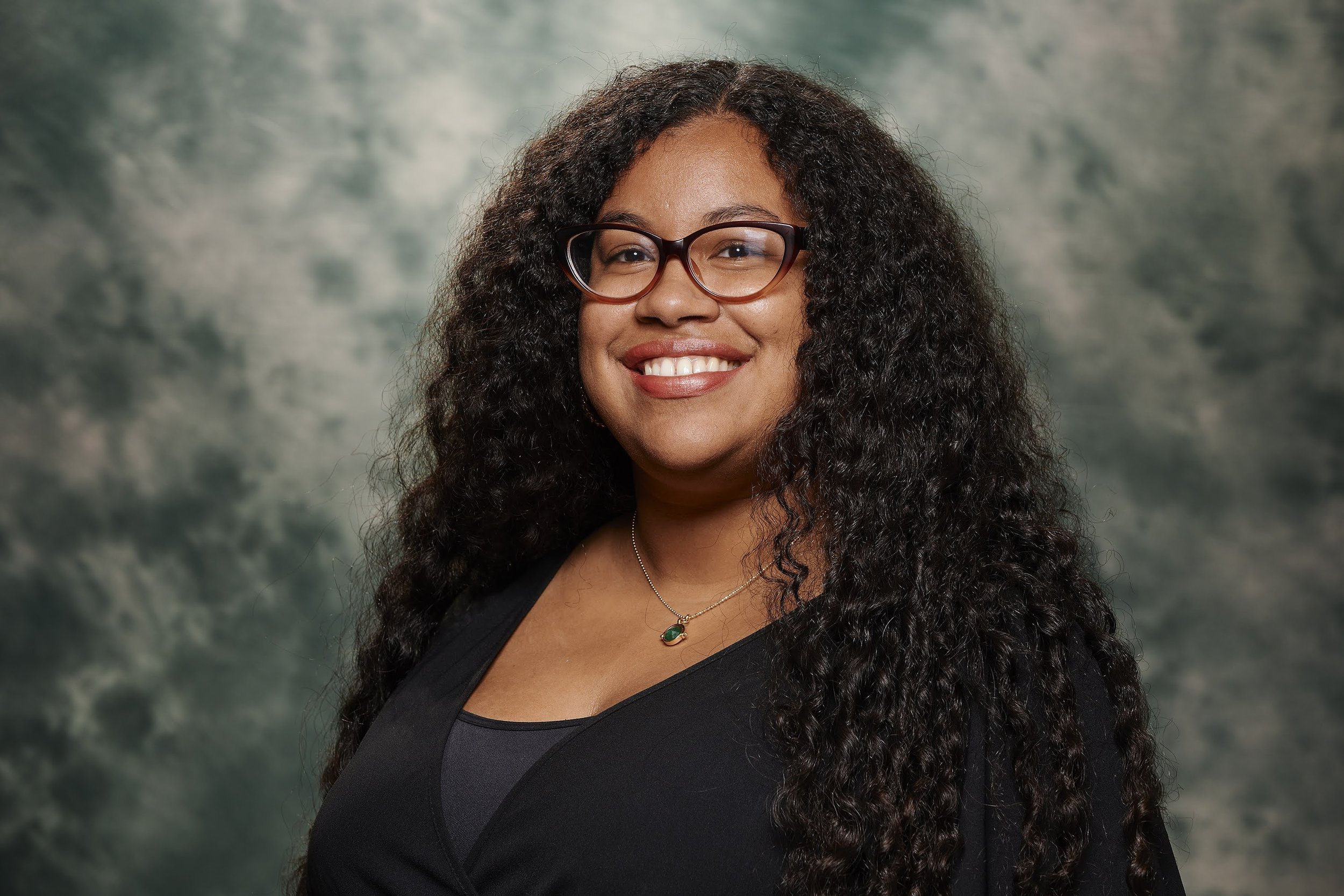A joyous spirit runs through La Noche Before Three Kings Day. In the bright foyer of a house, a Puerto Rican family has gathered. It’s the night before el Día de los Reyes Magos—the Jan. 6 holiday that marks when the Three Wise Men brought gifts to an infant Jesus.
In the living room, children are surrounded by rolls of gift wrapping paper and small boxes. Their collective voice says: “We wrapped our shoeboxes with glee and delight, knowing the Three Kings would be here tonight.”
La Noche Before Three Kings Day, out now from Harper, was written by debut children’s book author Sheila Colón-Bagley and illustrated by Colombian artist Alejandro Mesa. The book is a sparkling ode to Three Kings Day, a Christian feast day popular throughout Latin America and other parts of the world. There are a variety of ways it’s celebrated but, in this book, the holiday is seen through the eyes of Puerto Rican children. Too excited for the arrival of the Three Kings, they fight against bedtime and place their wrapped boxes beside the front door—an offering for the Three Wise Men’s camels.
Growing up, Sheila Colón-Bagley heard stories about el Día de los Reyes Magos. “My mom would gush about how kids would fill their boxes with grass and put the boxes under their beds,” she recalled. “And the Three Kings would come and leave them gifts.”
Though Colón-Bagley was born in Puerto Rico, she was raised in Philadelphia and didn’t celebrate the beloved Puerto Rican tradition at home.
But that all changed years later, once Colón-Bagley was herself a mother. Her eldest daughter, then 6 years old, had watched a Dora the Explorer episode featuring the tradition. “She came and she asked, ‘Mami, since we’re Puerto Rican, can we celebrate Three Kings Day?’” Colón-Bagley said. “I said, ‘Of course.’ I was just thrilled to share the magic with my children.”
About a decade or so ago, Colón-Bagley searched high and low for books about Three Kings Day and noticed there were “few and far between.” “The ones I found, for me, didn’t quite capture the magic that I saw in my girls’ eyes, and their experience,” she said. “So I decided to write one.”
As you read aloud the dual-lingual text of La Noche Before Three Kings Day, you may feel a familiar tug followed by delight at discovering it was inspired by “A Visit from St. Nicholas.” For years, Colón-Bagley read the famous Christmas poem by Clement Clarke Moore to her daughters. She wondered what it would look like if there was a book about preparing for Three Kings Day, instead of the arrival of Santa Claus.
“At its core, “La Noche Before Three Kings Day” is about the joy of celebrating a beloved holiday tradition with family—and the excitement children feel in partaking.”
Moore’s poem is widely known by its opening lines:
“‘Twas the night before Christmas, when all through the house
Not a creature was stirring, not even a mouse.”
Colón-Bagley’s version begins:
“‘Twas la noche before Three Kings Day and all through the casa,
everyone was stirring, even Chico our chihuahua.”
“I love the similarities as well as the differences,” she said of her book and the famous poem. “I purposefully started with ‘everyone was stirring,’ because everyone knows the phrase, ‘no one was stirring, not even a mouse.’ I purposefully wanted to say, this is not that kind of quiet story. You know? We are having a ball. We’re having a party. We’re eating. We’re dancing. We’re celebrating.”
Colón-Bagley ended up setting the story aside to focus on raising her girls. By 2019, she felt it was time to revisit her work. “The writing was calling to me,” she said. She took writing courses and was later awarded a Las Musas mentorship under New York Times and international bestselling author Laura Taylor Namey. Colón-Bagley said Namey helped her hone in some of the rhyme and rhythm of the story.
At its core, La Noche Before Three Kings Day is about the joy of celebrating a beloved holiday tradition with family—and the excitement children feel in partaking. Over time, Three Kings Day has taken on greater meaning to Colón-Bagley. And she has big hopes for young readers who come across her book.
“For children like my daughters who celebrate the holiday, I want them to feel represented and seen, and recognize that their celebrations are worthy of being portrayed in books,” Colón-Bagley said. “I think it’s so important for all children to be able to see some facts about themselves in a book. So for sure, I want children who celebrate the holiday to see themselves, their family and be able to make that connection.”
And for children who don’t celebrate this holiday, the author hopes her book gives them an opportunity to learn about other traditions, and joyous experiences that Latinos and other people of color have.
“We are worth celebrating,” she added.
Sheila Colón-Bagley is a stay-at-home mother of three. As a Puerto Rico native, she’s long dreamed of writing books featuring multicultural characters that children of all backgrounds would love—for her multicultural daughters, and kids like them—to have books about families who look and live like they do. She’s also a member of the SCBWI, was awarded a Spring 2020 Las Musas mentorship, and was a volunteer on the first-ever virtual Latinx Kidlit Book Festival in December 2020. She holds a Bachelor's degree in Journalism from Temple University and practiced public relations for over twenty-five years before becoming an author. She lives outside of Charlotte, NC, with her family, and their dog, Vader.
Amaris Castillo is an award-winning journalist, writer, and the creator of Bodega Stories, a series featuring real stories from the corner store. Her writing has appeared in La Galería Magazine, Aster(ix) Journal, Spanglish Voces, PALABRITAS, Dominican Moms Be Like… (part of the Dominican Writers Association’s #DWACuenticos chapbook series), and most recently Quislaona: A Dominican Fantasy Anthology and Sana, Sana: Latinx Pain and Radical Visions for Healing and Justice. Her short story, “El Don,” was a prize finalist for the 2022 Elizabeth Nunez Caribbean-American Writers’ Prize by the Brooklyn Caribbean Literary Festival. She is a proud member of Latinx in Publishing’s Writers Mentorship Class of 2023 and lives in Florida with her family and dog, Brooklyn.




